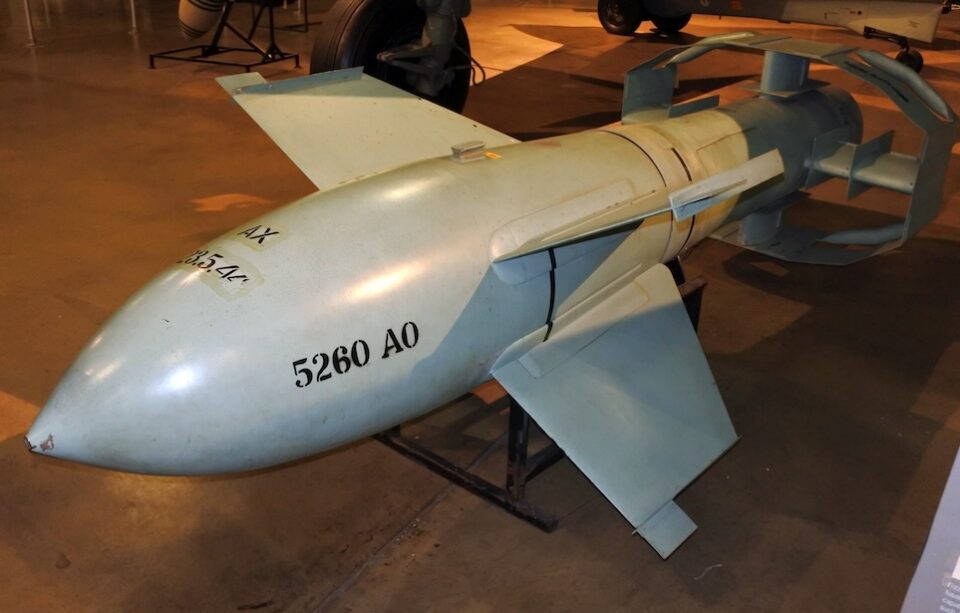The Fritz X, formally designated the Ruhrstahl SD 1400 X and sometimes referred to as the Kramer X-1, was one of Nazi Germany’s most advanced guided munitions of World War II. Designed specifically to target battleships and other heavily armored naval vessels, it operated as a radio-guided glide bomb that could be steered in flight—an early innovation that foreshadowed the development of modern smart weapons.
Equipped with a powerful armor-piercing warhead, the Fritz X could punch through the reinforced hulls of Allied ships, making it a formidable threat on the open sea. However, the weapon’s design left it with notable weaknesses. Its bulky frame, slow pace, and easily tracked trajectory meant that it was often spotted and destroyed by Allied aircraft before reaching its target. While revolutionary in concept, the Fritz X ultimately proved limited in practice due to its susceptibility once released.
Modified PC 1400
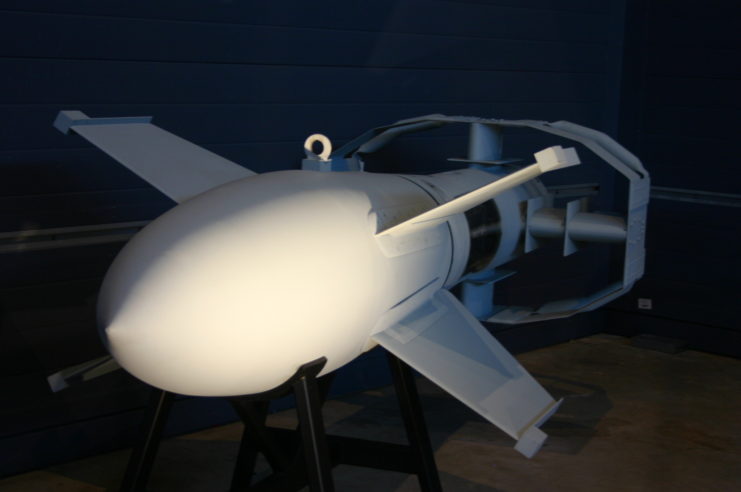
The Fritz X was conceived by Max Kramer and produced by Ruhrstahl AG, evolving from the PC 1400 (1,400 kg) bomb. Weighing 3,450 pounds, the weapon featured a powerful 710-pound warhead capable of penetrating up to 28 inches of armor when dropped from altitudes between 18,000 and 20,000 feet.
In 1940, various iterations were tested to find the ideal design. The X-2, designed for greater speed and outfitted with an infrared homing system, was discontinued after only one unit was built. In contrast, the X-3, which was bulkier and heavier, achieved speeds of up to 900 MPH. Despite its impressive capabilities, the X-1 emerged as the primary model due to its simplicity and ease of development.
By 1941, the Luftwaffe initiated comprehensive testing of the missile, and by 1943, the project had progressed to full-scale production.
Fritz X specs
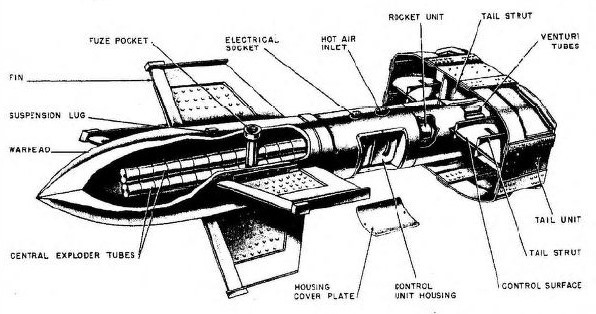
The Fritz X represented a significant leap in wartime technology, boasting a sleek aerodynamic frame and a sophisticated radio-guidance system known as the Kehl-Strasbourg joystick. Its tail assembly featured a distinctive twelve-sided shape with four fins—two elongated and equipped with spoilers for directional control. To maintain stability in flight, the weapon relied on dual gyroscopes, while its nose was outfitted with cross-shaped wings that varied slightly in size.
These precision-guided bombs were typically deployed from aircraft such as the Dornier Do 217K-2 and the Heinkel He 177A Greif. Once released, bombardiers followed the missile’s descent by watching the flares attached to its tail, allowing them to guide it manually. The Fritz X could shift its trajectory mid-flight via its radio-controlled spoilers; however, its success depended heavily on whether Allied forces could disrupt the radio link—a vulnerability that increasingly limited its operational impact.
Success in the Mediterranean Theater
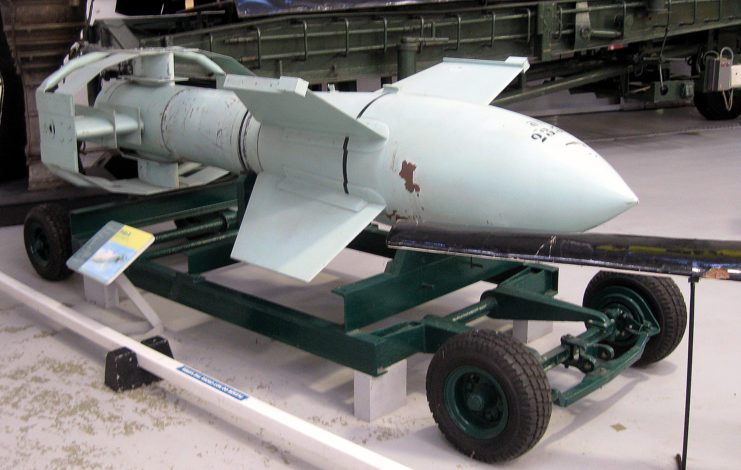
The Fritz X made its debut in combat on July 21, 1943, during a raid on the Port of Augusta in Sicily. At that time, no confirmed hits were reported, and the Allies remained largely unaware of the Germans’ use of radio-guided missiles. However, the Fritz X achieved its most notable success in a subsequent attack on the Italian fleet in September 1943.
Following the arrest of Benito Mussolini, the Italian government entered into negotiations with the Allies. On September 8, the Supreme Allied Command in Europe announced the signing of an armistice. A plan was devised to transfer the Italian naval fleet to Allied ports in Tunisia and Malta. However, the Germans quickly caught wind of the plan and devised their own strategy to intercept the convoy, aiming to prevent the ships from reaching their intended destinations.
Sinking of Roma (1940)
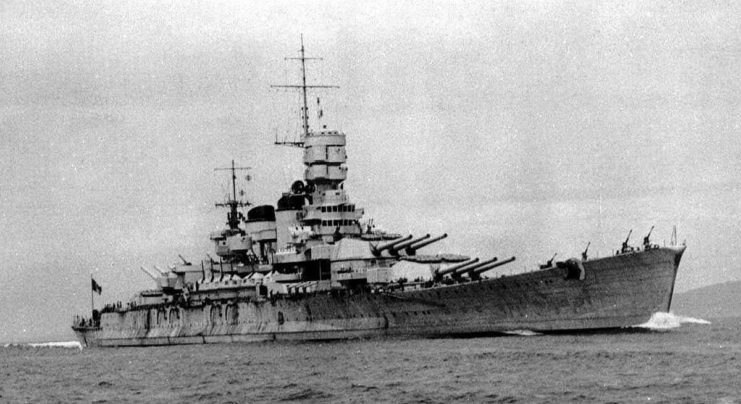
A powerful Italian naval group—three battleships (Roma, Vittorio Veneto, and Italia), six cruisers, and eight destroyers—steamed south along Corsica’s western coastline, bound for Sardinia and ultimately Tunisia. It was a formidable sight, but their fate was sealed from above. Around midday, six German Dornier Do 217K-2 bombers from Gruppe III of Kampfgeschwader 100 “Wiking” swooped in, each carrying a single Fritz X precision-guided bomb, a weapon purpose-built to crack battleships wide open.
The flagship Roma bore the brunt of the assault. A Fritz X plunged into her starboard side, detonating beneath her armored hull. The explosion ripped through her vitals, flooding the boiler and engine rooms and knocking out half her propulsion. Fires spread uncontrollably, smoke poured skyward, and with her speed crippled, the proud battleship became a burning, faltering giant in the water. What began as a precision strike quickly turned into a disaster that doomed the ship and many of her crew.
Fritz X missiles sink the HMS Spartan (95) and others
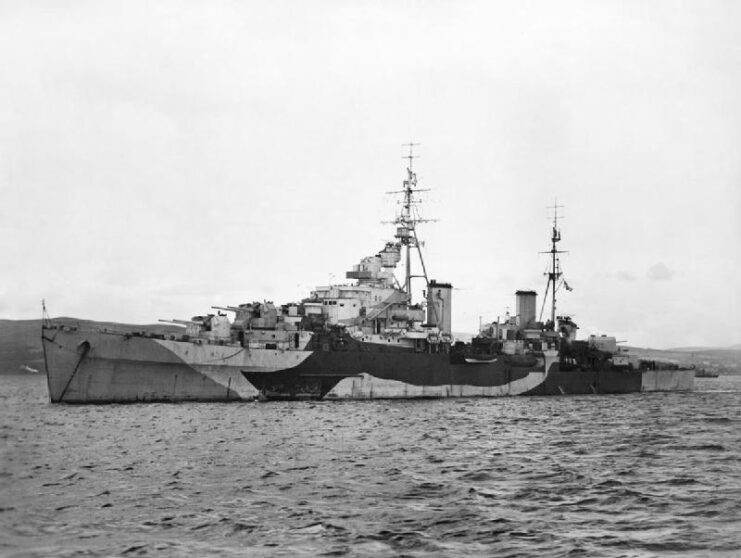
Just seven minutes later, another Fritz X hit the Roma, this time detonating in her forward engine room and causing a catastrophic magazine explosion. The force of the blast killed Vice Adm. Carlo Bergamini, the ship’s captain, and 1,393 crew members. Within 30 minutes of the first hit, Roma split in two and capsized.
In the days that followed, Luftwaffe pilots continued to deploy Fritz X missiles, sinking the British cruiser HMS Spartan (95) and destroyer Janus (F53), as well as several merchant ships in the area. They also inflicted severe damage on the British warship HMS Warspite (03) and cruiser Uganda (66), along with the American light cruisers USS Philadelphia (CL-41) and Savannah (CL-42).
The Fritz X made German aircraft vulnerable
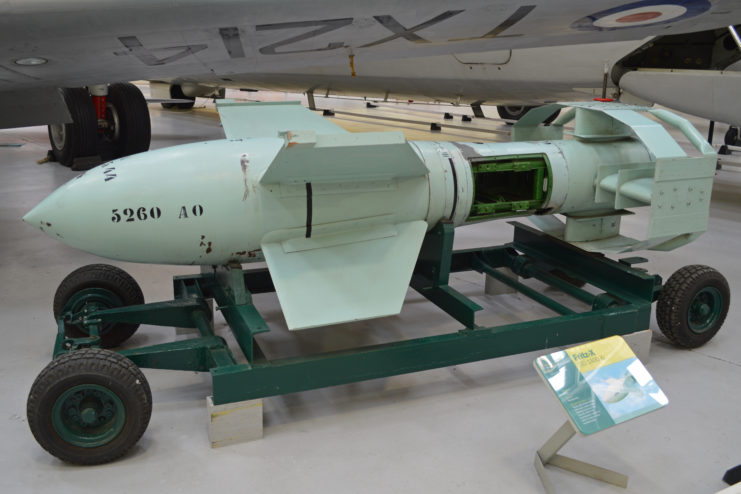
Although the Fritz X showed early promise, its weaknesses soon became apparent. To use the missile, German bombers had to fly in a straight and level path, making them easy targets. After releasing the Fritz X, the bomber had to slow down and rely on visual tracking to guide the weapon to its target.
This made aircraft carrying the Fritz X highly vulnerable, and the Allies were quick to take advantage. Allied fighter planes became the most effective defense, as they could disrupt the bombers’ flight path and prevent accurate targeting. Smoke screens also proved useful, as they made it harder for the bombardiers to see and guide the missile.
In addition, the Allies began using electronic countermeasures to jam the Fritz X’s radio signals, making it even harder for German forces to use the weapon effectively.
Fritz X failed to meet the Luftwaffe‘s expectations
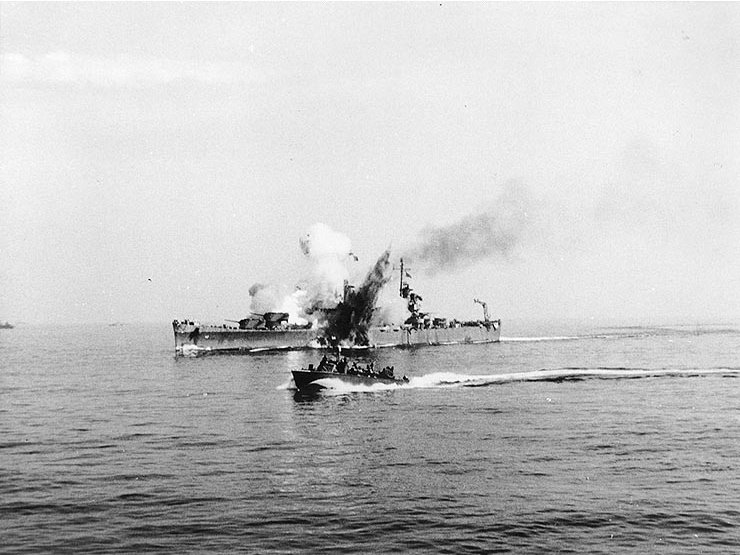
More from us: The German V-1 ‘Buzz Bomb’ Was Developed to Terrorize the British Public
The original production goal for the Fritz X called for 750 units each month, but reality fell far short. Between April 1943 and the program’s end in December 1944, only 1,386 were built—and of those, 602 were set aside strictly for testing and training. Accuracy also proved disappointing: in combat, the weapon successfully struck its intended target only about one-fifth of the time, well below the Luftwaffe’s expectations.
Even with these limitations, the Fritz X marked an important step forward, laying the groundwork for later generations of missiles that used spoiler-control systems.
